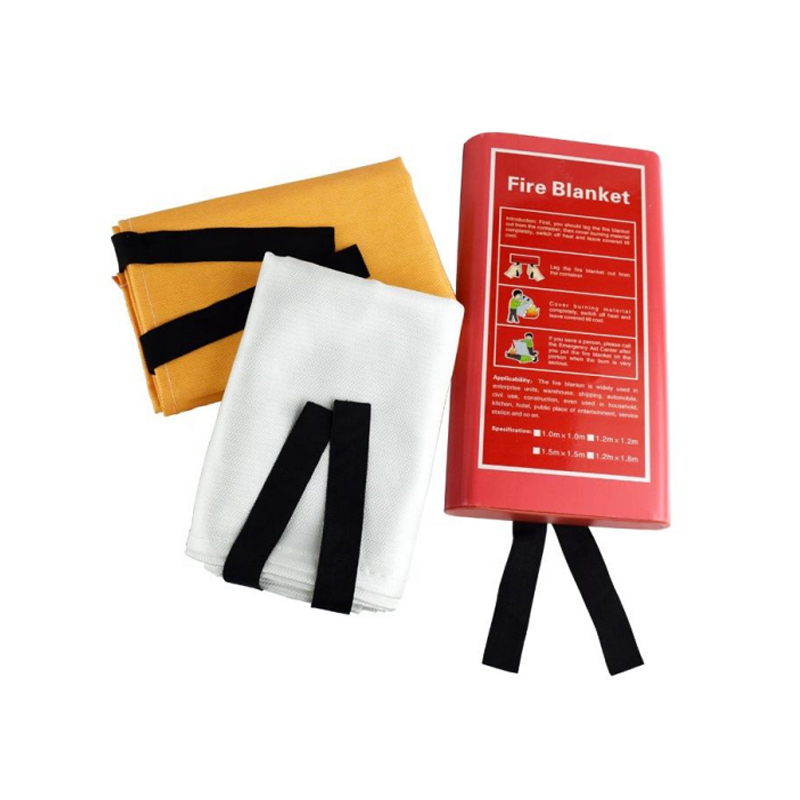Fiber Glass Fire Blanket
Cat:Fire Blanket
The Fiber Glass Fire Blanket is an essential fire safety tool designed to provide rapid response and effective fire suppression for various applicatio...
See DetailsCool, Dry Place: Store the fiberglass fire blanket in a temperature-controlled environment, ideally between 60°F and 80°F (15°C to 27°C). Extreme temperatures can weaken the fibers, leading to reduced effectiveness. High humidity can cause moisture absorption, which may lead to mold growth or fiber degradation. A dedicated storage room or closet, away from sources of heat (such as radiators or boilers), is ideal for maintaining the blanket’s condition.
Avoid Heavy Weight: It is crucial to prevent heavy objects from being placed on top of the blanket, as this can compress the fibers, reducing their ability to expand and effectively smother flames. Instead, consider using designated storage solutions, such as shelves or wall-mounted brackets, to keep the blanket flat and undisturbed. This ensures that the material retains its intended thickness and performance capabilities.
Use Original Packaging: If the blanket comes with specialized packaging designed for protection, utilize it. Original packaging often includes features such as moisture barriers or protective coatings that help shield the blanket from dust and contaminants. If this packaging is no longer available, use a breathable fabric bag or container that allows air circulation while preventing dirt accumulation. Avoid plastic bags, as they can trap moisture and create a humid environment that may damage the blanket.
Accessibility: The blanket should be stored in a highly visible and easily accessible location, particularly in areas prone to fire hazards, such as kitchens, garages, or near heating equipment. Install clear signage to indicate the blanket's location, and consider practicing emergency retrieval drills to familiarize all household members or employees with its location and use. This preparedness can make a crucial difference during a fire emergency, where every second counts.
Keep Away from Chemicals: Store the blanket in a location away from corrosive chemicals, cleaning agents, or any flammable materials. Exposure to such substances can compromise the fibers, reducing the blanket’s effectiveness and safety. Implement a safety policy that specifies proper storage practices for chemicals and fire safety equipment to minimize risks.
Regular Inspections: Establish a systematic inspection routine, such as quarterly or biannually, to evaluate the blanket’s condition. During inspections, carefully check for signs of damage such as fraying, punctures, discoloration, or chemical contamination. Document inspection findings and maintain a log to track the blanket's condition over time. If any issues are detected, replace the blanket promptly to ensure ongoing safety compliance.
Temperature Control: Avoid storing the blanket in environments subject to drastic temperature changes, such as uninsulated attics, basements, or outdoor sheds. Fluctuations in temperature can weaken the fiberglass material and affect its fireproof capabilities. Aim for stable indoor storage conditions and consider using temperature monitoring devices in storage areas prone to environmental changes.
